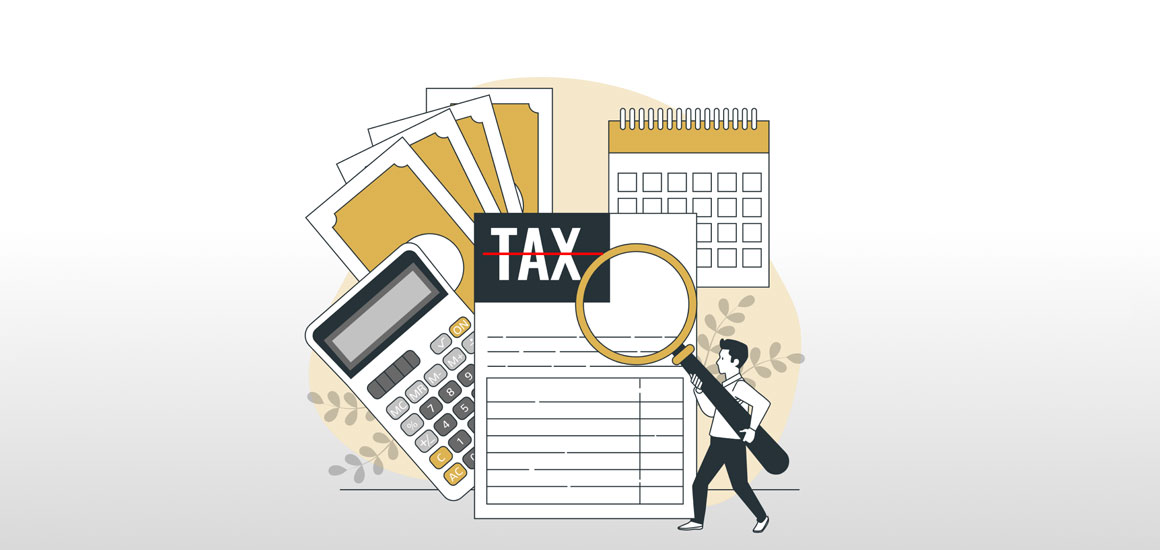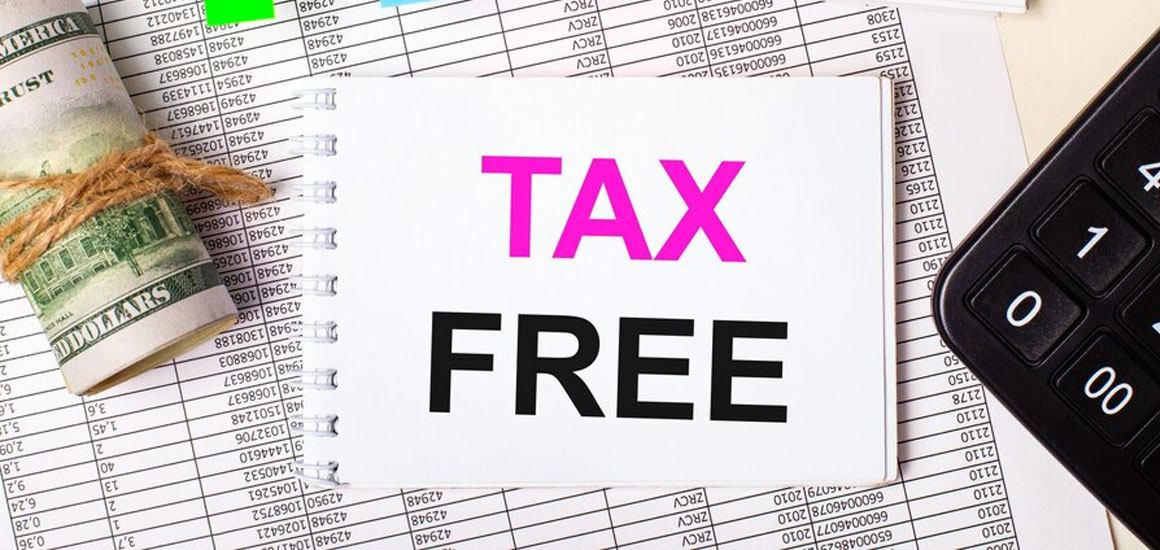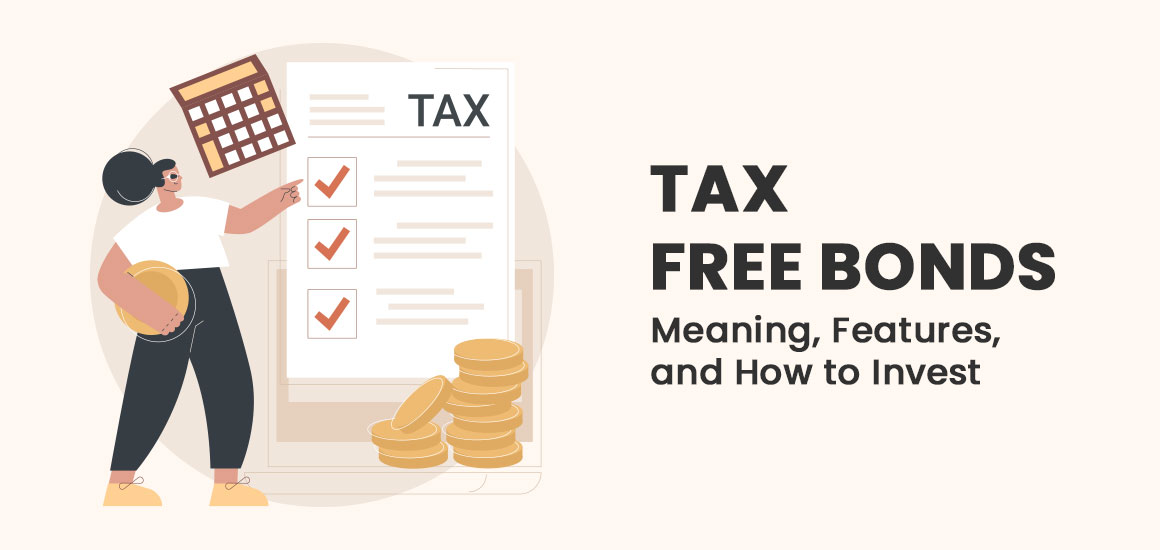Tax implications are crucial for investors. The Income Tax Act of India, 1961, has clear provisions on taxation on all types of investments, including government bonds. Tax can be imposed on the interest as well as the capital gains. Since a noticeable amount of tax can be imposed on the returns on investment, lowering the profit margin, investors often look for investment instruments that can help them save on taxes.
Generally, governmental enterprises or bodies in India offer bonds with zero tax imposition on the accumulated interest. Not to be confused with tax saving bonds, the tax free bonds fall under Section 10 of the Income Tax Act. There are various types of tax free bonds India with different features. It is important to understand how tax free bonds work to well plan investment portfolios. Read on to learn about the 101 of tax free bonds and how to invest in them!
Definition of Tax Free Bonds

Government bonds in India are often issued with fixed interest rates. Each of these bonds is aimed at financing certain infrastructure or development projects or meeting gaps in revenues. Once the bond is issued and investors successfully purchase it, they will receive periodic payments of the interest and the principal amount on the date of maturity. The interest accumulation is not subject to any taxation, hence the name, tax free bonds.
Common Types of Tax Free Bonds
Different entities can issue tax free bonds for various purposes, based on which the categorization of these bonds is done.
Infrastructure Bonds
Infrastructure companies issue infrastructure bonds to collect funds for projects like airports, roads, and power plants.
Housing Bonds
Government entities, like the National Housing Bank, issue such bonds to collect funds for affordable housing projects.
Power Bonds
Power generation companies issue power bonds to collect funds for the maintenance and expansion of power plants.
Railway Bonds
The Indian Railways issue such bonds for the development and maintenance of the railway network
Public Sector Unit Bonds
Enterprises where the government has at least 51% ownership, like HUDCO, NHAI, NTPC, REC, and PFC, issue PSU or public sector unit bonds to collect funds for housing, infrastructure, and power projects.
Features of Tax Free Bonds
The following features define tax free bonds of India and must be remembered when making investment strategies and setting financial goals.
Tax Exemption
The key feature of these bonds is their tax exempted nature. TDS is also not applicable. However, it is important to note that any capital gains will be subject to tax and will be taxed as per the Income Tax Act’s provision.
Tenure
The lock-in period for tax free bonds is between 10 to 15 years, and it can go up to 20 years. The extended lock-in period makes them suitable for long-term investment.
Liquidity
Tax free bonds can be traded in the secondary market. Investors can decide to sell their bond holdings if needed and enjoy good liquidity on their investments.
Interest Rate
The interest rates of these tax free bonds are fixed for the entire duration of the tenure. It stays uninfluenced by the market fluctuations.
Investment Cap
The minimum investment cap for tax free bonds is generally INR 1,000. That said, the highest cap can be into crores, making them ideal for high-net-worth investors.
Convertibility
Some bonds can be converted into the issuing entity’s equity shares, allowing investors to convert their investments by scoping the market situation. However, the tax free bonds are not convertible.
Benefits of Tax Free Bonds
Government bonds have become popular among investors in India. Tax free bonds offer the commonly expected benefits along with something additional!
Saving on Taxes
As the payable tax amount on interest rate is zero, the returns remain as expected without any deduction, allowing better capital growth.
Less Risk
Tax free bonds are backed by the issuing entity, which can be the central government, a state government, or a local government body, like a municipal corporation. The chances of defaulting are almost nil for the central government. Furthermore, state governments and municipal corporations are bound by RBI and SEBI guidelines, making them less riskier borrowers.
Stable Interest
The fixed interest rates indicate an interest accumulation at a stable rate and steady payouts on an annual or semi-annually basis.
Diversification
Besides aiding in maximizing returns, tax free bonds can diversify the portfolio to a great extent.
Eligibility Criteria: Who Can and Who Should Invest

The individuals and entities eligible to invest in tax free bonds in India are:
- Retail Individual Investors, including HUFs and NRIs
- Corporates
- Qualified Institutional Buyers or QIBs
- National Highway Authority of India or NHAI
After thoroughly analyzing the question, ‘What are tax free bonds in India?’, the following can be considered best suitable to invest:
- Those willing to save on taxes
- Senior citizens and others looking for a steady income source
- Those searching for long-term investment tools
- Those with low-risk tolerance
- Investors with high net worth and falling under high tax brackets
Tax Free Bonds in India for 2024
Below is a list of tax free bonds in India with their interest rates, tenures, and other details.
| Bond Issuer | Type | Interest Rate | Payments | Maturity Date | Credit Rating (by CARE) |
|---|---|---|---|---|---|
| Housing and Urban Development Corporation | PSU | 5.08% | Yearly | February 8, 2031 | AAA |
| National Highway Authority of India | PSU | 5.07% | Yearly | January 11, 2031 | AAA |
Difference between Tax Free Bonds and Tax Saving Bonds
Since tax free and tax saving bonds often come together in discussions, a comparison will allow investors to select the best options.
| Parameters | Tax Free Bonds | Tax Saving Bonds |
|---|---|---|
| Tax Exemption | Interest income is tax-exempted. | The initial investment is tax-exempted. |
| Regulation | These fall under Section 10 of the Income Tax Act of India, 1961. | These fall under Section 80CCF of the Income Tax Act of India, 1961. |
| Interest Rate | Interest rates are comparatively higher. | Interest rates offered are comparatively lower. |
| Maturity Period | These can range between 10 to 20 years | These are redeemable after 5 or 7 years |
How to Redeem Tax Free Bonds?

There are two ways to redeem tax free bonds.
On Maturity
On the date of maturity, the issuing entity generates the primary investment amount, i.e., the purchase price of the bonds to the bondholder’s account.
If you opt for this option, the capital gain tax will be added to your principal investment amount.
Before Maturity
Before the lock-in period ends, the bondholders can trade the bonds with others on the stock exchange. However, the bond issuer cannot repurchase the bonds.
As you explore different avenues for maximizing your investment returns, selling bonds can be a strategic move. If you opt for this option, it indicates you are selling the bond, and there might be a capital gain. In this context, it’s worth noting that RBI is selling bonds, offering a unique opportunity for investors to engage with government securities in the current market.. The capital gains are taxable under Section 112. If the bond is held for less than a year, it will fall under the short-term capital gain category and will be taxed as per individual income tax slab rates. If the bond is held for more than 1 year, it will be charged with long-term capital gain tax at 10%, excluding indexation benefit.
How to Invest in Tax Free Bonds India? GoldenPi Introduces Simple 3-Step Policy.
GoldenPi has made bonds and debentures easily accessible to investors. While its database has all the information and latest updates one might require to make the appropriate investment decisions, it further enables investors to invest in 3 quick and simple steps.
- Step 1: Complete the KYC. Digital documentation makes it convenient.
- Step 2: Select a bond. The availability of the right options on one platform makes evaluation and comparison easy.
- Step 3: Make the Payment. Online gateways are available for smooth transactions.
FAQs About Tax Free Bonds
1. What is the interest rate on a tax-free bond?
The interest rates on tax free bonds can vary depending on the bond issuing entity, market rates, and many other factors. For example, the Housing and Urban Development Corporation has issued a PSU bond at an interest rate of 5.08%. On the other hand, the National Highway Authority of India is offering 5.07% interest rates for its PSU bond.
2. What kind of bonds can be tax-free?
Bonds offered by governments and governmental bodies can be tax free. The interest income is generally tax free, fetching the name. These bonds tend to have fixed interest rates.
3. Which government bonds are taxable?
Several government bonds are tax free, like infrastructure bonds, housing bonds, power bonds, railway bonds, and public sector unit bonds.
4. What is the risk of tax free bonds?
Tax free bonds can have inflation risk as the capital stays locked-in for a long time. If inflation occurs during this period, the investment will lose its value as the purchasing power will go down.
5. Are tax free bonds only for long-term investment?
Tax free bonds can come in tenures ranging between 10 and 20 years. While you can redeem such a bond before maturity, it will become subject to capital gains tax if you decide to do so. That’s why these are relevant for long-term investment.
6. How to buy tax-free bonds in India?
You can buy tax free bonds on GoldenPi in quick and easy steps. After completing the digital KYC, select a bond and make the payment.






